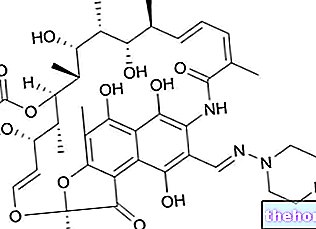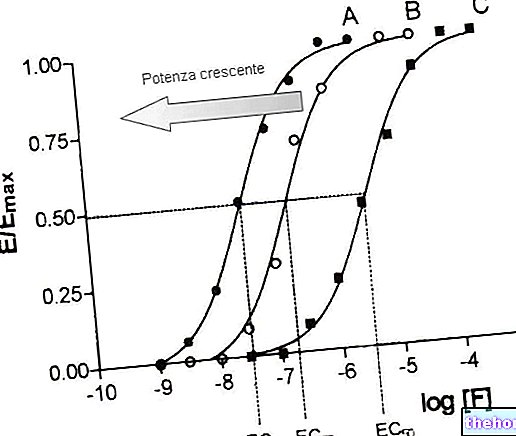
PLEASE NOTE: MEDICINAL PRODUCT NO LONGER AUTHORIZED
Characteristics of the medicine
Preotact is composed of a white powder and a solvent, contained in a cartridge, to be reduced to a solution for injection using a special pen. The active ingredient in Preotact is parathyroid hormone.
Therapeutic indications
Preotact is used to treat osteoporosis (a disease that makes bones fragile) in postmenopausal women at high risk of fractures. Preotact has been shown to significantly reduce fractures of the spine, but not hip fractures. The medicine can only be obtained with a prescription.
How to use
The recommended dose is 100 micrograms of Preotact, administered once daily by subcutaneous (under the skin) injection into the abdomen. When the cartridge is inserted into the special injection pen and screwed on, the powder and solvent mix and form the solution for injection. Once the necessary instructions for proper injection have been received (a user manual is provided with the pen), patients can self-inject the solution. Patients may also need to take calcium supplements and vitamin D if they do not get enough of these elements in their diet Preotact can be used for up to 24 months, after which time patients can be treated with a bisphosphonate (a medicine that reduces bone loss).
Mechanisms of action
Osteoporosis occurs when there is not enough new bone to replace what is naturally consumed. Bones become progressively thinner and brittle and more prone to break (fracture). Osteoporosis is more common in women after menopause, when levels of the female hormone estrogen plummet. Preotact contains parathyroid hormone, which stimulates the formation of bone tissue by acting on osteoblasts (the cells used to build bone). Furthermore, this substance increases the absorption of calcium present in food and prevents an excessive amount of calcium from being lost in the urine. The active ingredient of Preotact, the parathyroid hormone, is identical to the human parathyroid hormone and is produced by a method known as 'recombinant DNA technology', this hormone is made from a bacterium that has received a gene (DNA) that allows it to produce it.
Studies carried out
In the main study involving this substance, which included 2,532 women with postmenopausal osteoporosis, Preotact was compared with placebo (a dummy treatment). The rate of vertebral fractures after 18 months of treatment was the main measure of effectiveness. About two thirds of women continued taking Preotact for up to 2 years and had their bone density measured. Bone density was the main measure of effectiveness in another study, which looked at using Preotact alone or in combination with alendronate (a bisphosphonate).
Benefits found following the studies
After 18 months, there were 42 vertebral fractures (3.37%) in the placebo group and 17 (1.32%) in the Preotact group. These data show that, compared to placebo, Preotact significantly reduces the risk of a vertebral fracture in women who take it. The risk reduction was more marked in women who had already had a vertebral fracture in the past and in those who had already low vertebral bone density score at the start of the study, indicating a more fragile spine. Increases in bone density have also been observed. The combined use study of Preotact and alendronate showed that by administering alendronate after Preotact it is possible to further increase bone density.
Associated Risks
The most common side effects are hypercalcemia (increased blood calcium level), hypercalcinuria (increased urine calcium level) and nausea. For the full list of side effects reported with the use of Preotact, see the package insert.
Preotact must not be used in people who may be hypersensitive (allergic) to parathyroid hormone or any of the other ingredients. It must also not be used in patients who:
• have undergone radiotherapy to their bones,
• suffer from any disorder that affects the "calcium balance" in the body,
• have a bone disease other than osteoporosis,
• have unexplainedly high levels of alkaline phosphatase (an enzyme),
• have severe kidney or liver disease.
Reasons for approval
The Committee for Medicinal Products for Human Use (CHMP) decided that Preotact's benefits are greater than its risks for the treatment of osteoporosis in postmenopausal women at high risk of fractures. Therefore, the Committee recommended that Preotact should be granted l " authorization to enter into
trade.
Further information
On 24 April 2006, the European Commission granted Nycomed Danmark ApS a "Marketing Authorization" for Preotact, valid throughout the European Union.
For the full evaluation version (EPAR) of Preotact, click here.
Last update of this summary: March 2006.
The information on Preotact - parathyroid hormone published on this page may be out of date or incomplete. For a correct use of this information, see the Disclaimer and useful information page.




























